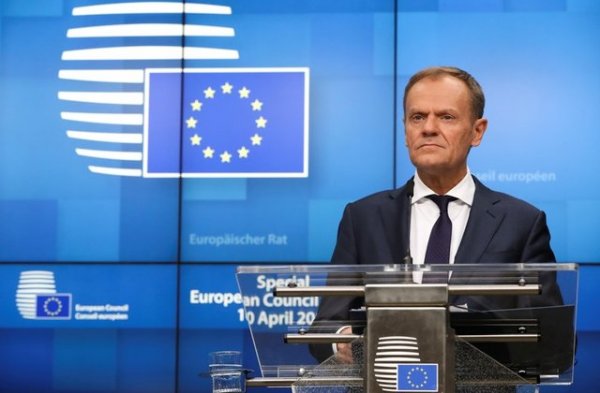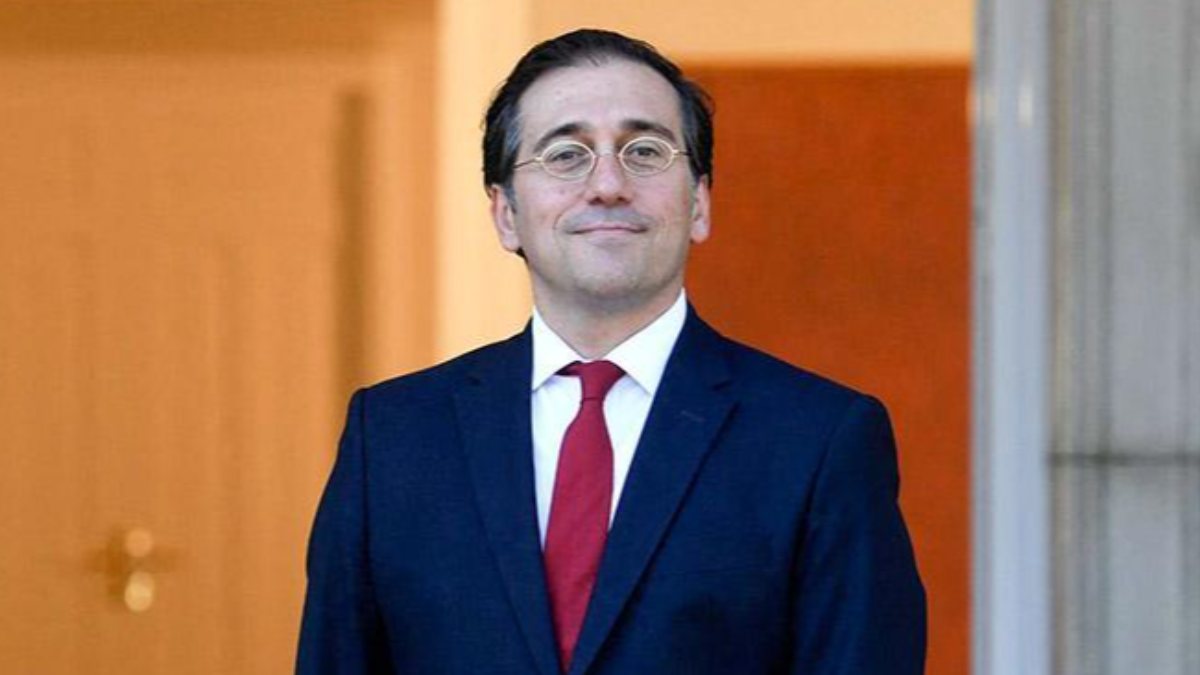Just a month after European Parliament elections, strains are appearing in the process of selecting leaders for EU institutions.
THE LEADERSHIP RACE
Tough negotiations are ongoing for the presidency of the EU Commission, a high-profile post where the difference of opinions between heavyweights Germany and France is making the process harder.
The term of Jean-Claude Juncker, the current president, will end on Oct. 31. His successor has to be elected by a qualified majority (at least 21 out of 28 EU member countries) as well as a majority of the EU Parliament.

The term of Donald Tusk, president of the EU Council, concludes on Nov. 30, and the new president needs to be elected by a qualified majority of EU member countries. To replace foreign policy chief Federica Mogherini, set to leave her post on Oct. 31, the EU also has to have a qualified majority of votes on the EU Council.

Looming much closer, the term of EU Parliament President Antonio Tajani ends in July. A new EU Parliament president is elected every two-and-a-half years by a majority of parliamentarians.
Mario Draghi’s term as head of the European Central Bank is set to finish on Oct. 31, and the new president will be elected for eight years by a qualified majority of the EU Council.













